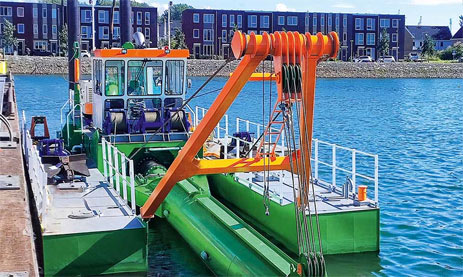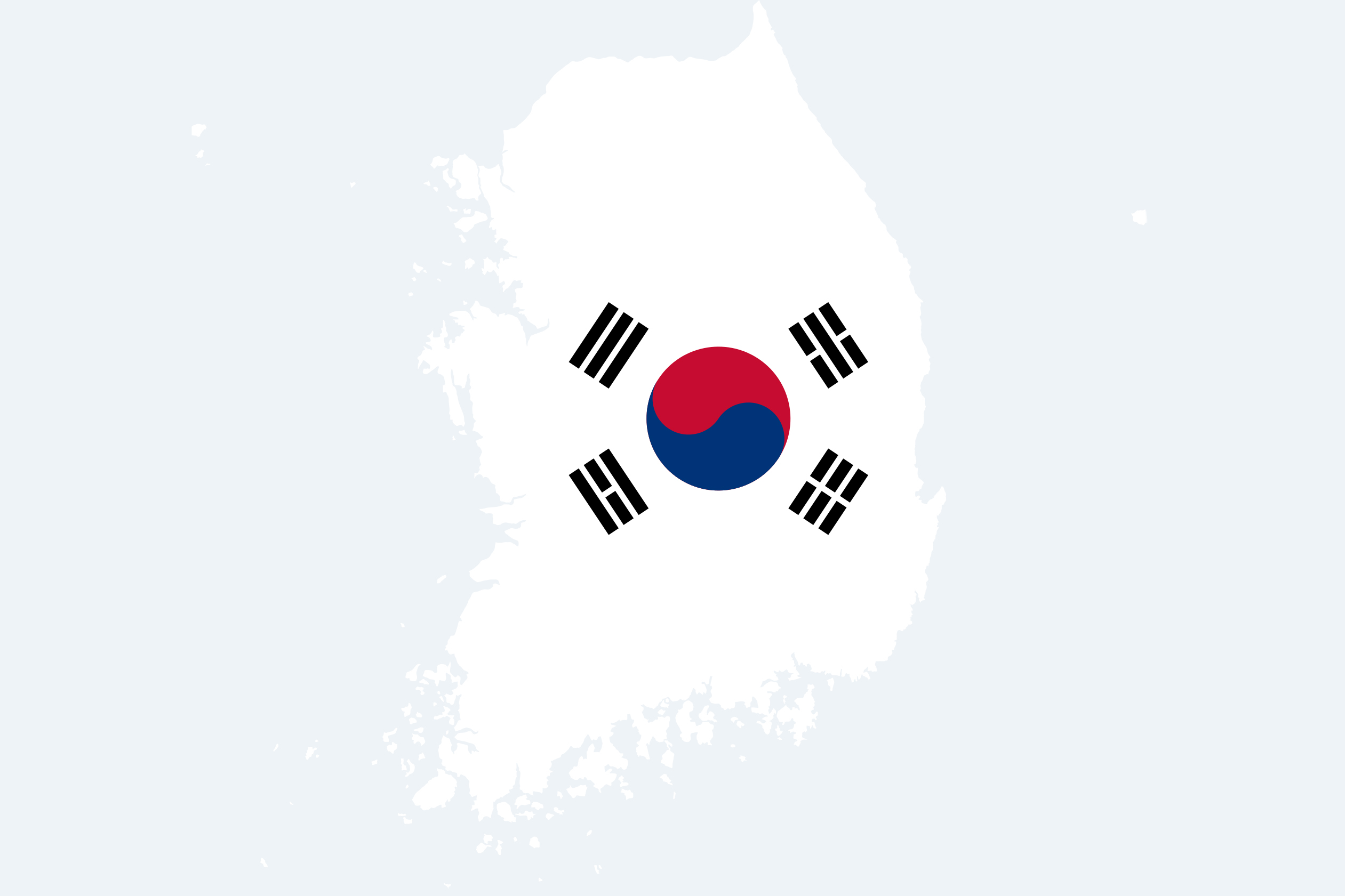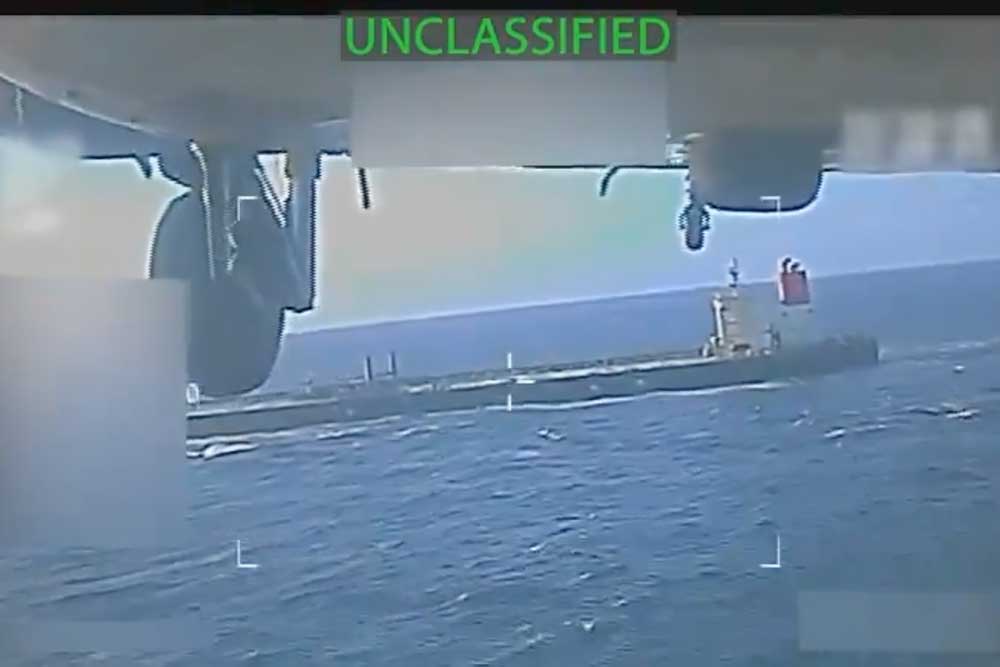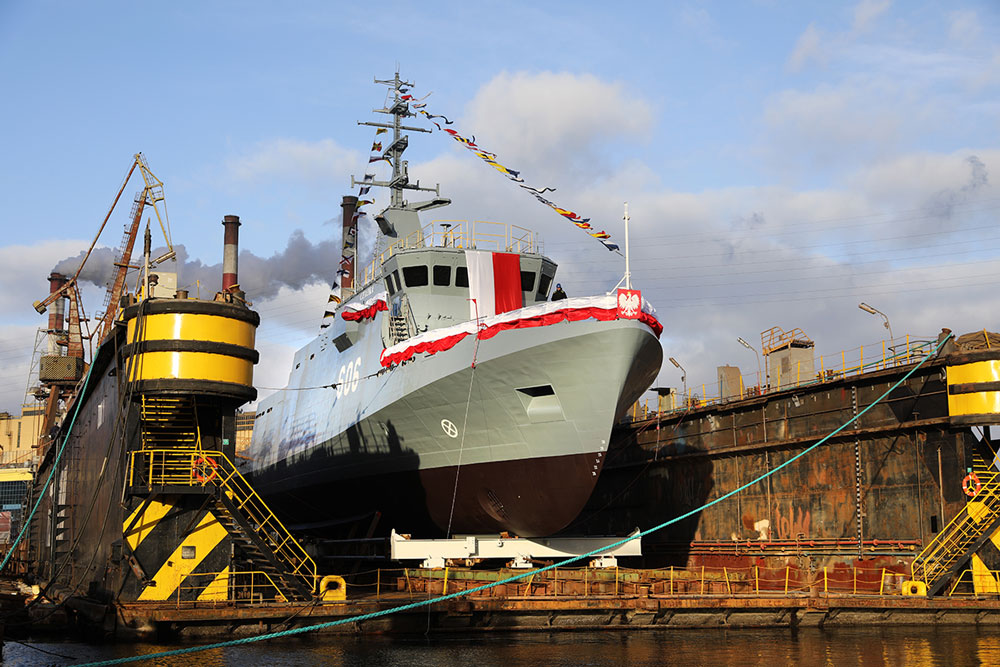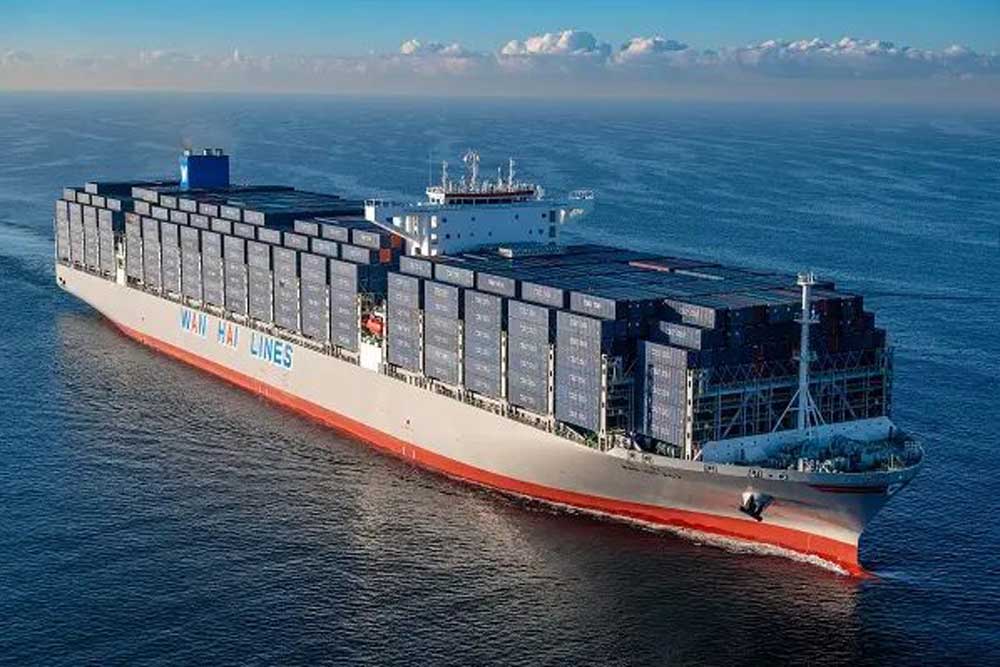From today, the Finnlines shipping company is offering lov-CO2 connections across the Baltic Sea.
The so-called “Green Lane” primarily uses electricity and biofuels to reduce emissions by up to 90%. This will enable customers to meet increasingly strict environmental requirements and achieve energy-saving targets.
The Finnish port of Naantali and Kapellskär in Sweden are connected by an all-electric route. The service is operated by the hybrid RoPax vessels “Finnsirius” and “Finncanopus”. The ships’ batteries (5 MWh) are charged with shore power at the berth. This means that fossil fuels can be replaced at sea to enable the environmentally friendly transportation of freight.
Finnlines relies on electricity and biofuels
“Our primary goal is to reduce emissions, and we are already seeing concrete results,” said Antonio Raimo, Line Manager at Finnlines. “With the introduction of our new vessels ‘Finnsirius‘ and ‘Finncanopus‘, we have entered the hybrid age and can now offer our customers even more efficient and sustainable sea transportation. Although the load capacity of the vessels on the Naantali-Kapellskär route has increased significantly, the absolute carbon dioxide emissions per nautical mile have decreased by 22%.”
The “Green Lane” option uses biofuels from renewable sources, Finnlines announced. The service will initially be offered on the short-haul routes Naantali-Kapellskär, Malmö-Travemünde, Malmö-Świnoujście and Hanko-Gdynia.
With the biofuel option, Finnlines is committed to replacing the amount of fossil fuels required for transportation. The use of biofuels can reduce direct greenhouse gas emissions in transportation by up to 90% compared to conventional fuel.
“We want to offer our customers concrete solutions that help them achieve their decarbonization goals,” said Merja Kallio-Mannila, Commercial Director of the shipping company. “Both solutions ensure low emissions – for example, the use of biofuel can reduce carbon dioxide emissions on the Hanko-Gdynia route by up to 700 kg per trailer.”
The “Green Lane” will also be available for passengers on the following passenger routes: Naantali-Långnäs-Kapellskär, Helsinki-Travemünde, Malmö-Travemünde and Malmö-Świnoujście. If passengers choose this option, Finnlines replaces the corresponding amount of fossil fuels with renewable biofuels, thereby reducing emissions per passenger on the route.
Almost €2 billion in investments
The company has recently invested heavily in improving energy efficiency and renewing its fleet. In the last two decades, Finnlines has ordered or purchased twenty ships. The total investment amounts to almost €2 billion. To renew and modernize the fleet, Finnlines has ordered three new methanol-powered vessels, which are expected to be deployed on the route between Helsinki and Travemünde in 2028/2029.
“In April, we announced a new investment program that includes the commissioning of three methanol-powered RoPax vessels on the route between Finland and Germany,” said Thomas Doepel, President and CEO of Finnlines. “These new and existing investments will enable us to offer our customers fossil-free freight transportation. There is a lot of interest and we are confident that demand will increase in the future.”








